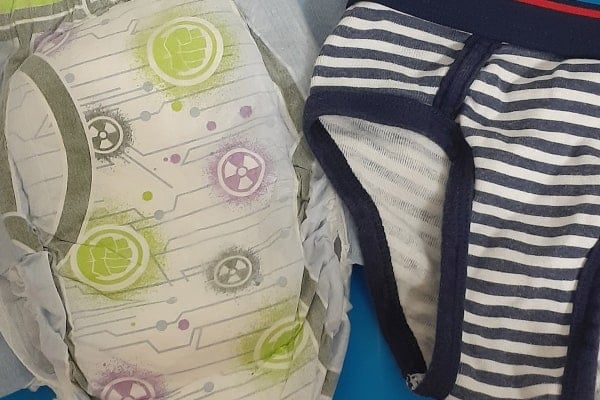It is that time of year again: birds chirping, weeds growing, bugs stirring, and the sun is providing much-needed nutrients and oxygen for life.
The ice has left the lakes and fish are hungry for a bite. Despite what the Canadian Tire catalogue tells you, the new patio furniture, bike equipment, car detailing, lawn and shrub care, can all wait.
It is now time to fish.
Normally at this time, I pull out and organize all of my fishing gear. I put away the ice-fishing gear and organize my tackle by species. I gather my fishing line and tippet and match it to rods and reels and pull together my waders, vests, boots and other fishing clothing into nice little piles. To heck with it …
This year I just decided to go fishing.
With little preparation, I grabbed a fly rod, some flies and my fishing kayak, and took off for Pumphouse Lake. With the sun perched below the trees, I pulled along Fish Lake Road.
Along the drive, I could see a set of immature eagles, dancing along the edges of McIntyre Creek, sending a dozen ducks scattering. I could feel the butterflies in my stomach as I pulled into the lake for my first fish of the year.
I fumbled more than usual while setting up my fly rod.
As I attached fly reel to rod, tippet to fly line, I thought about what fly I would try. This time of year chironomid in the larval or pupa stage is a safe bet.
These bugs are nested in the mud over the winter and, with the ice gone and the penetrating heat, they start to emerge to the surface. Trout, trying to stay in the oxygenated water close to the surface, tend to feast on these bugs as they rise.
I spontaneously decided to try a new technique called “fishing a dropper”.
This is a very-effective technique, allowable within fishing regulations, where two flies are attached to one line. I have seen this done in magazines and in fishing shows, but had never tried it myself. I tied a standard bead-head nymph on the top with a chironomid pattern about 16 inches below it.
Once I got over the awkwardness of casting the extra fly, I found it relatively straightforward to manage. The technique requires incredible patience to let the light flies drop with a deadly, slow retrieve.
Fortunately, I was rewarded with a handful of nice little rainbow trout giving my dropper presentation a chance. At the end of the day, the bead-head nymph won the prize as it out-fished the chironomid two to one.
What I realized that day was that I am evolving into a more capable angler.
I still get the nerves and fumble with my gear, but the knowledge is growing. I am starting to apply what I have learned in years past and am building upon it to catch fish. I can tell that this is going to be a great summer of fishing in the Yukon.
If you would like to share your fishing story or hear more about this one, visit Dennis Zimmermann’s Yukon fishing blog at www.fishonyukon.com.




